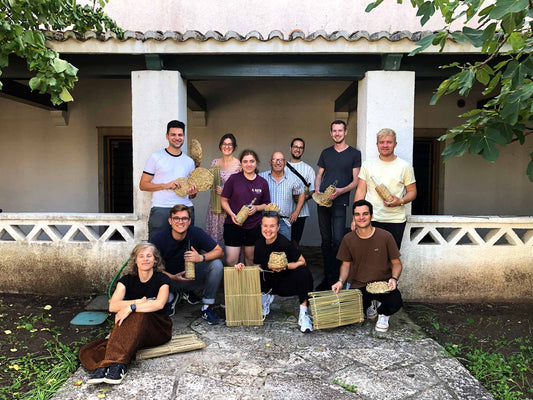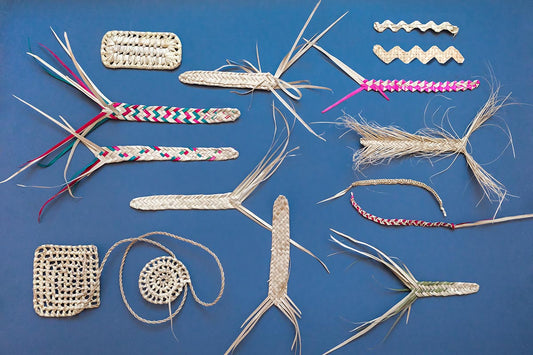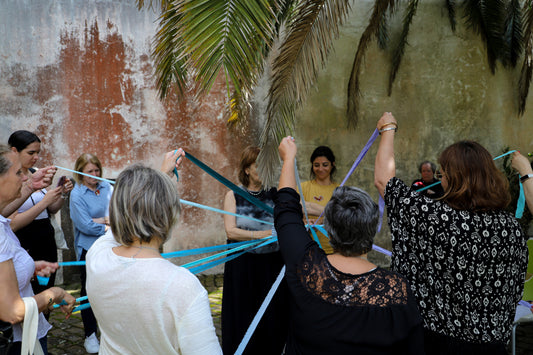Ethnographic design research in the Algarve

Things are different down South. From the slow plains of Lower Alentejo, past the monotonous cabeços (craggy hilltops) of Algarve's Mountain to the Barrocal, the spectrum of colours, textures and shapes is not broad. The same goes for the raw materials available – rough, dry, arduous stuff that leaves little to the imagination or the hands. Though the region has a history of disparate occupations, far beyond the influences of shape and skill, it is the ecosystem that conditions the material culture of everyday life. The surroundings, landscape and climate are key factors when characterising traditional household utensils, their simplicity and economy. As a whole, they are objects of elegant roughness. Tools, containers and other items are rarely ever decorated and seem to have been made strictly to fulfil their basic functions. This spareness leads to a generalisation of their use and lack of specific solutions: the same type of basin is used for washing clothes and preparing food. The majority of everyday utensils are produced in the household by the users themselves – based solely on the experience of previous generations. Nevertheless, even craftsmen who sell their products for a living seem to “copy” and repeat rather than transform and innovate.
Products develop slowly and many still retain the morphology and decoration of very old specimens. The rare cases of interesting new solutions, born of personal taste or particular circumstances, are not assimilated into the mainstream to originate new products and so influence habits and customs. Craftwork does not evolve in a clear, traceable way, maybe because it is so individualistic. On a mountainside hamlet or “monte”, everyday objects are made from palm leaf, esparto grass or cane gathered on site; they are then used and discarded. The most valuable lesson to draw from these crafts is the relationship local dwellers have established with their surroundings, which has given rise to unique ways of living and making things. There is a close connection with the natural environment, a detailed knowledge of what little nature provides and how to make the best of it.

Most construction elements are gathered in the fields without any previous transformation: a forked branch in a tree becomes a suspension for a cart; a knot in a cork oak can be turned into a cucharro (1) and dried bicos de pita (Aloe Vera) make good picks for eating snails. At a later stage, industrial materials entered the cycle but the phenomenon remained unchanged. The process of gathering and adapting now involves empty cartons and waste materials. While some are used in their original format, like CDs hanging from trees to make bird-scarers, old traditional techniques are applied to new materials: tetrapak or plastic ribbon weaving. Locals turn to their natural and built environment without distinction, shaping the world with what little they have, part of a culture of “making by”

For DESIGNFORFUTURE 2009, the initiative “Intensive Culture” has pursued a way of designing products that follows these guidelines for making things, with a focus on development rather than modernization. The project lasted for four weeks, including catalogue edition, and brought together traditional craftsmen with different skills, from palm leaf and esparto grass weaving to olive woodwork.
The results presented are not new, nor do they try to be contemporary. They just pick up the course of evolution where time left off. They do not pretend to be handcraft novelties or prototypes of a new material culture, but something more gradual and reasonable. These are the objects of the old days, kicking and fighting their way into new contexts and ways of being useful.















